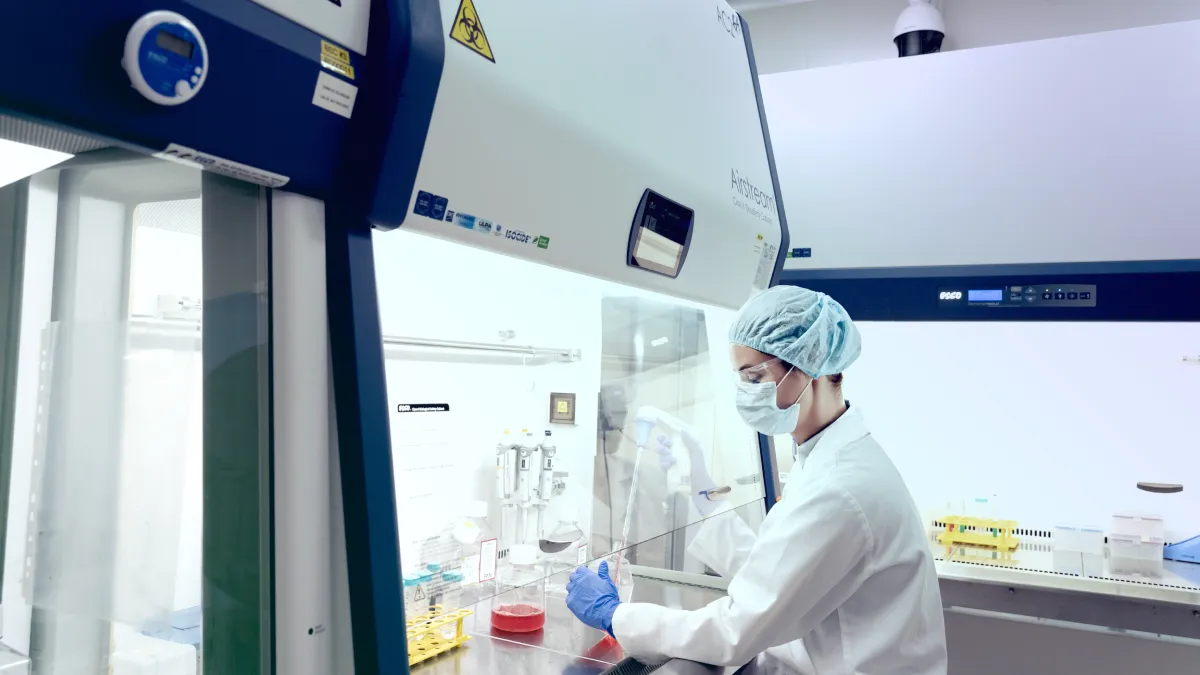Applications
Specific Disadvantages of Egg-based
Influenza Vaccine Production
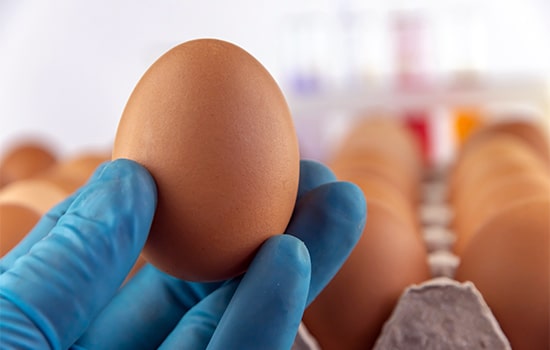
Current influenza virus vaccines are most commonly grown in the allantoic cavity of embryonated hen eggs (ECE); High titers can be obtained by growing influenza virus in ECE, and extensive experience in large-scale production has led to the streamlining and automation of a highly standardized process. With current manufacturing capacity, 413 million doses of a trivalent influenza vaccine are produced every year for the world population. (Pandey et al, 2010)
There is also extensive safety data available as billions of doses of ECE-produced influenza vaccine have been administered to humans. However, besides being labor-intensive, ECE-derived influenza vaccines have several drawbacks
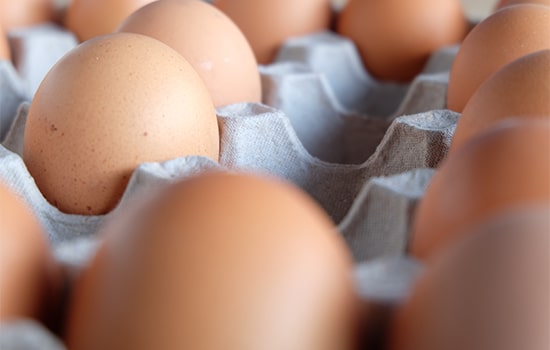
Dependency on SPF eggs
1 to 2 ECE are required for the production of each human dose of influenza vaccine. Given the short window of time to deal with an emergency and the need for synchronously set eggs, this requires planning ahead (up to 1 year ahead), it is challenging to deal with an outbreak. The timeline for dealing with a pandemic is 4-6 months from strain identification to vaccine production.
More importantly, the eggs need to be from specific pathogen-free flocks or at least certified as ‘clean’ in order to avoid adventitious agents. This could be an issue especially in developing countries since the vaccine manufacturer will have to rely on the quality control of the supplier of the ECE.
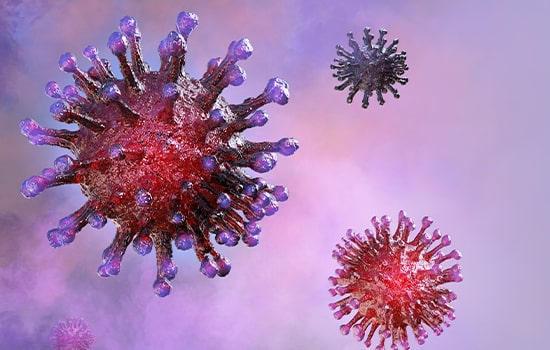
Low titers
Some virus strains, especially the recent H3N2 strains, do not grow well in ECE, and others such as the highly pathogenic avian influenza strains, H5N1, could be lethal to embryos, resulting in low titres

Interruption of Supply
Occasional breakdown in sterility during downstream processing could lead to rejection of large volumes of vaccine bulk, leading to a need to revisit the long process of planning and execution, or to the undersupply of vaccine when needed.
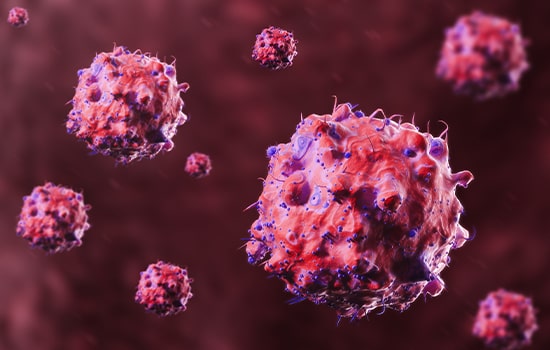
Virus mutations
There tends to be a mutation of Influenza viruses more frequently around the receptor-binding when passaged in ECE, compared to passage in cells cultured in vitro, which could potentially affect vaccine efficacy. The result is a virus subpopulation that is antigenically and biochemically distinct from the original inoculum. A case-in-point is some H3N2 viruses that mutate in eggs.
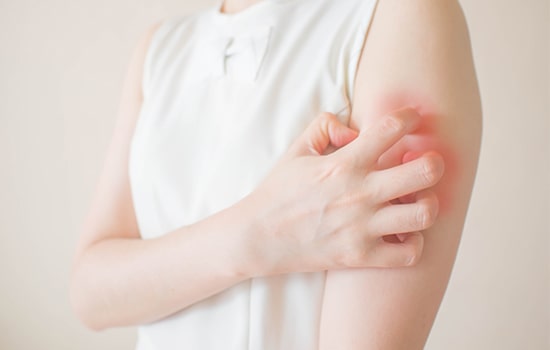
Residual allergenicity
Despite an extensive purification process, residual allergenicity of egg protein is a serious concern





